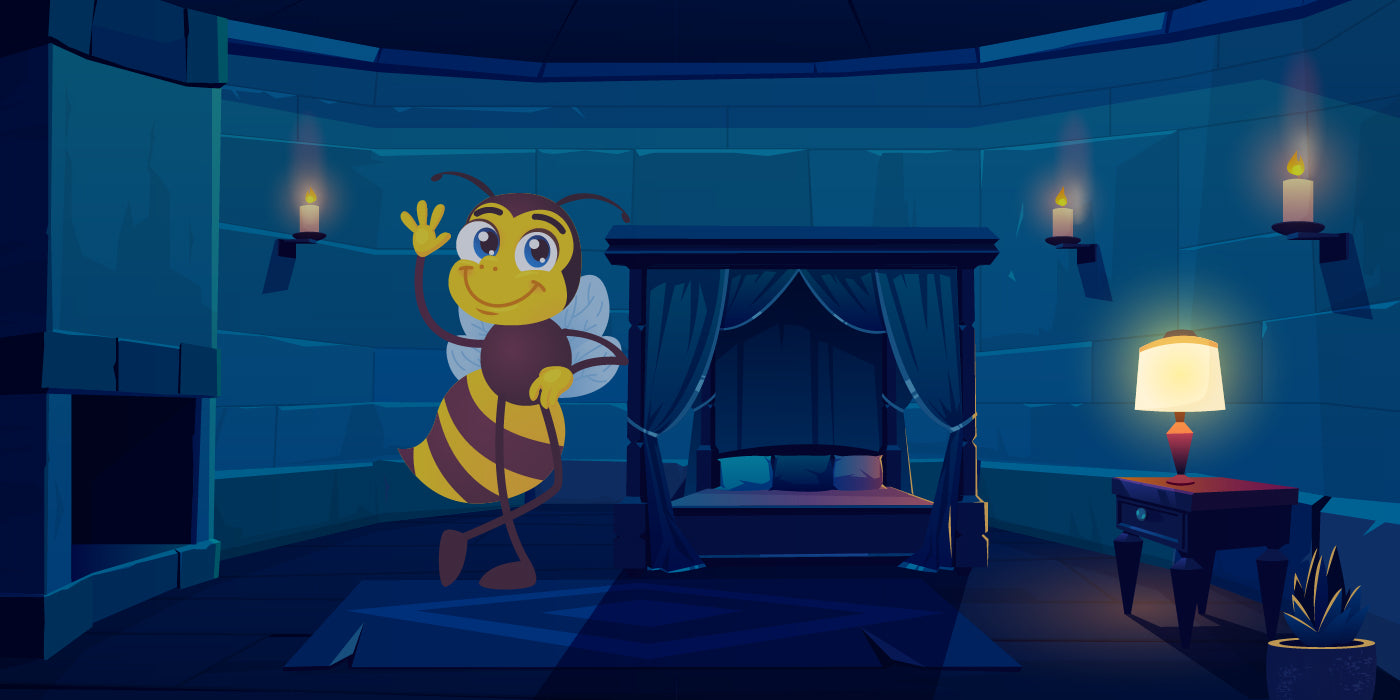
Exploring Alternative Modern Beehive Designs
Bees are some of nature's most diligent workers, and their role in pollinating plants is crucial for our ecosystem's health and our food supply. Traditional beehives have been around for centuries, but in recent years, beekeepers and conservationists have been exploring alternative beehive designs to improve the health and productivity of bee colonies. In this blog, we'll take a cheerful journey through some of the innovative and friendly alternative beehive designs that are creating a buzz in the world of beekeeping.
The Top Bar Hive - A Hive with a Twist
Imagine a beehive where the bees build their comb horizontally instead of vertically. That's exactly what a top bar hive offers. Top bar hives are gaining popularity among beekeepers because they provide a more natural environment for bees. These hives are shaped like a horizontal box with removable bars, allowing bees to build their comb as they see fit.
The top bar hive design promotes healthier bee behavior, as bees build their comb according to their needs, reducing the stress of manipulating pre-formed frames. This design also makes it easier for beekeepers to inspect their colonies and extract honey. Plus, it's a friendly option for beginners, as it's less invasive and more hands-off than traditional hives.
Warre Hive: Vertical Simplicity
If you're looking for a hive design that prioritizes minimal intrusion and bee-centric living, the Warre hive might be your beehive of choice. Emile Warre, a French beekeeper, developed this hive in the early 20th century, aiming to mimic the bees' natural habitat as closely as possible.
The Warre hive consists of stackable boxes, with each box representing a new living space for the bees. Beekeepers add new boxes to the bottom, allowing bees to expand their colony downward. This unique approach encourages the bees to build their comb and honey stores naturally. It's a simple and friendly hive design that promotes bee well-being and minimal interference.
Flow Hive: Tapping into Innovation
For those who have always been intrigued by beekeeping but hesitant about the mess and complexity of traditional hives, the Flow Hive offers a game-changing solution. Invented by father-son duo Stuart and Cedar Anderson from Australia, the Flow Hive simplifies honey extraction like never before.
The Flow Hive features a series of specialized frames with honeycomb cells that can be easily split by turning a handle. This action allows honey to flow out of the cells and into a collection trough, all without disturbing the bees. It's a revolution in beekeeping technology, making it more accessible and friendly for beginners while reducing stress on the bees during harvest.
The Sun Hive: A Work of Art for Bees
If you believe that beekeeping can be an art form, the Sun Hive is a masterpiece. Designed by German beekeeper and sculptor Guenther Mancke, this hive combines functionality with aesthetics. It resembles a straw skep but is made from a combination of straw and wooden splints.
The Sun Hive's unique shape and material create a hive that is not only visually appealing but also provides a spacious and warm environment for bees. It is designed to mimic the natural shape of a tree cavity, promoting colony health and vitality. While the Sun Hive may not be the easiest hive to manage, it's a friendly reminder of the intricate relationship between bees and humans.
The Beehaus: Modern Urban Beekeeping
For urban beekeepers seeking a friendly and efficient hive, the Beehaus is a contemporary marvel. Designed with space constraints and ease of use in mind, the Beehaus is a British invention that allows beekeepers to keep colonies on rooftops, balconies, or small gardens.
This hive features a modular design with insulated walls, making it suitable for year-round beekeeping. It also includes a unique ventilation system to keep the bees comfortable in varying weather conditions. The Beehaus represents a harmonious blend of modern design and beekeeping, making it an excellent choice for city dwellers who want to support bee populations.
In conclusion, the world of beekeeping is buzzing with innovation, and these alternative beehive designs offer both new and experienced beekeepers exciting options to nurture and protect their bee colonies. Whether you prefer the simplicity of a top bar hive, the bee-centric approach of a Warre hive, the convenience of a Flow Hive, the artistic touch of a Sun Hive, or the modern urban beekeeping solution of the Beehaus, there's a hive out there to suit your beekeeping style.
General Question About Modern Beehive Design
1. What are the benefits of using a top bar hive over traditional vertical hives?
Top bar hives offer a more natural environment for bees, allowing them to build their comb horizontally and according to their needs. This design reduces stress on the bees and makes it easier for beekeepers to inspect colonies and extract honey. It is also less invasive and more beginner-friendly, promoting healthier bee behavior and simpler management.
2. How does the Flow Hive simplify the process of honey extraction?
The Flow Hive features specialized frames with honeycomb cells that can be split by turning a handle, allowing honey to flow out into a collection trough without disturbing the bees. This innovative design reduces the mess and complexity of traditional honey extraction methods, making beekeeping more accessible and less stressful for both bees and beekeepers.
3. What makes the Warre hive a bee-centric choice for beekeepers?
The Warre hive mimics the natural habitat of bees by using stackable boxes that encourage bees to expand their colony downward, similar to their behavior in a tree cavity. This design minimizes intrusion and interference, promoting natural comb building and honey storage. It prioritizes bee well-being and requires less frequent management, making it a gentle and sustainable option for beekeepers.



Leave a comment